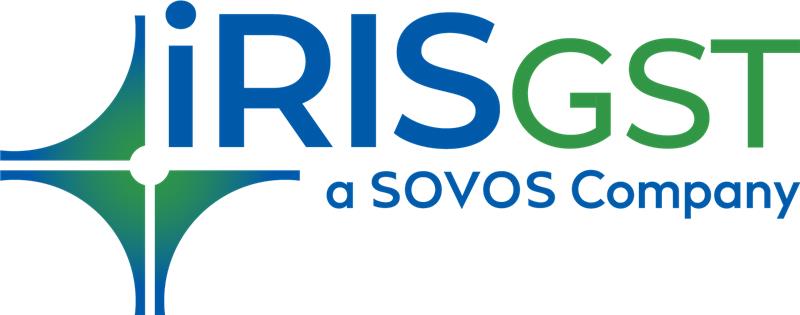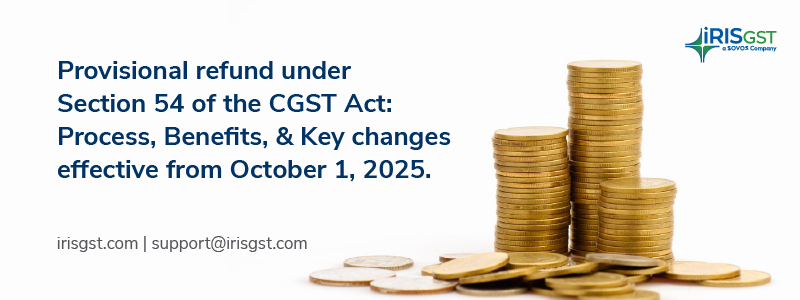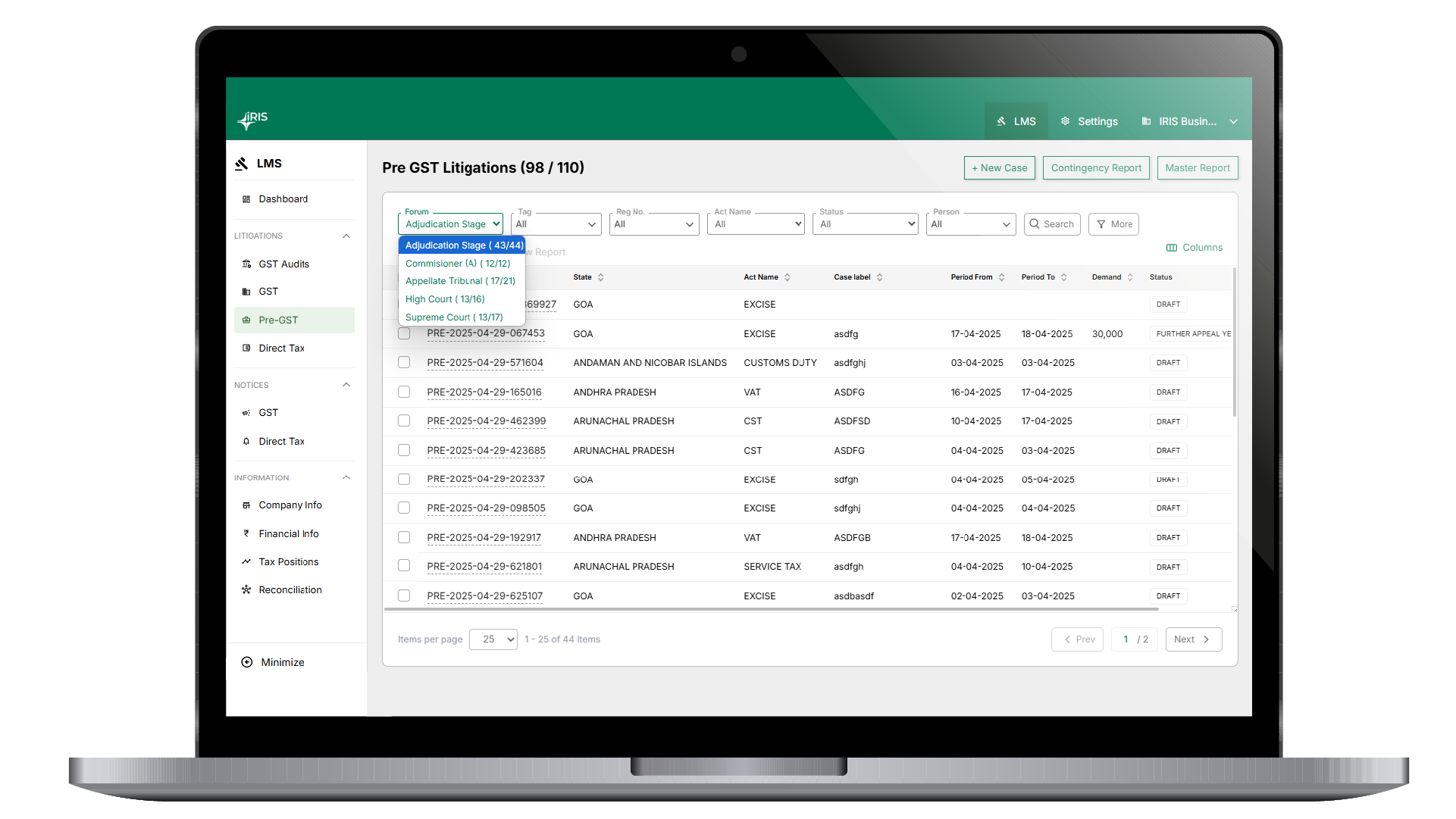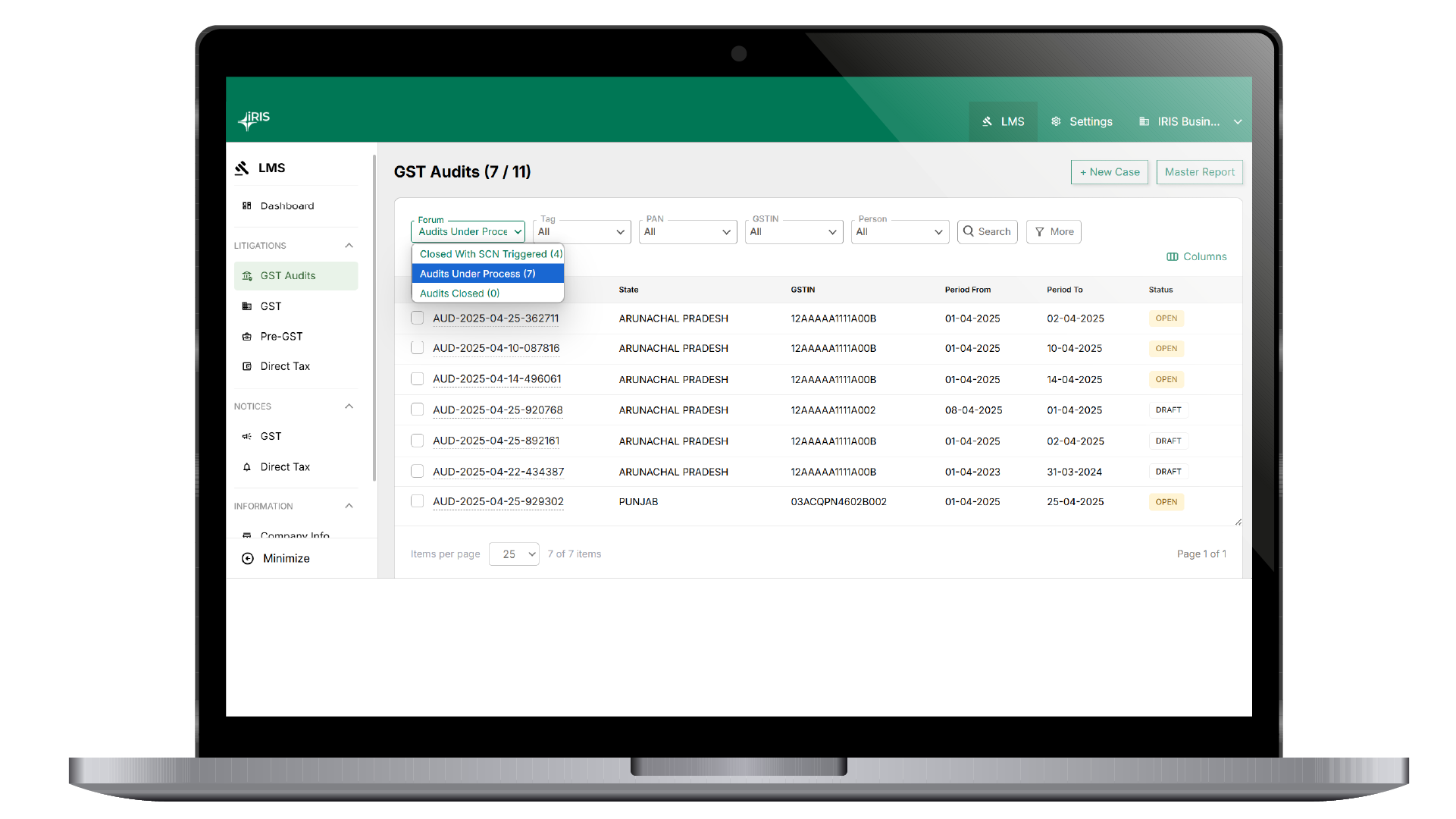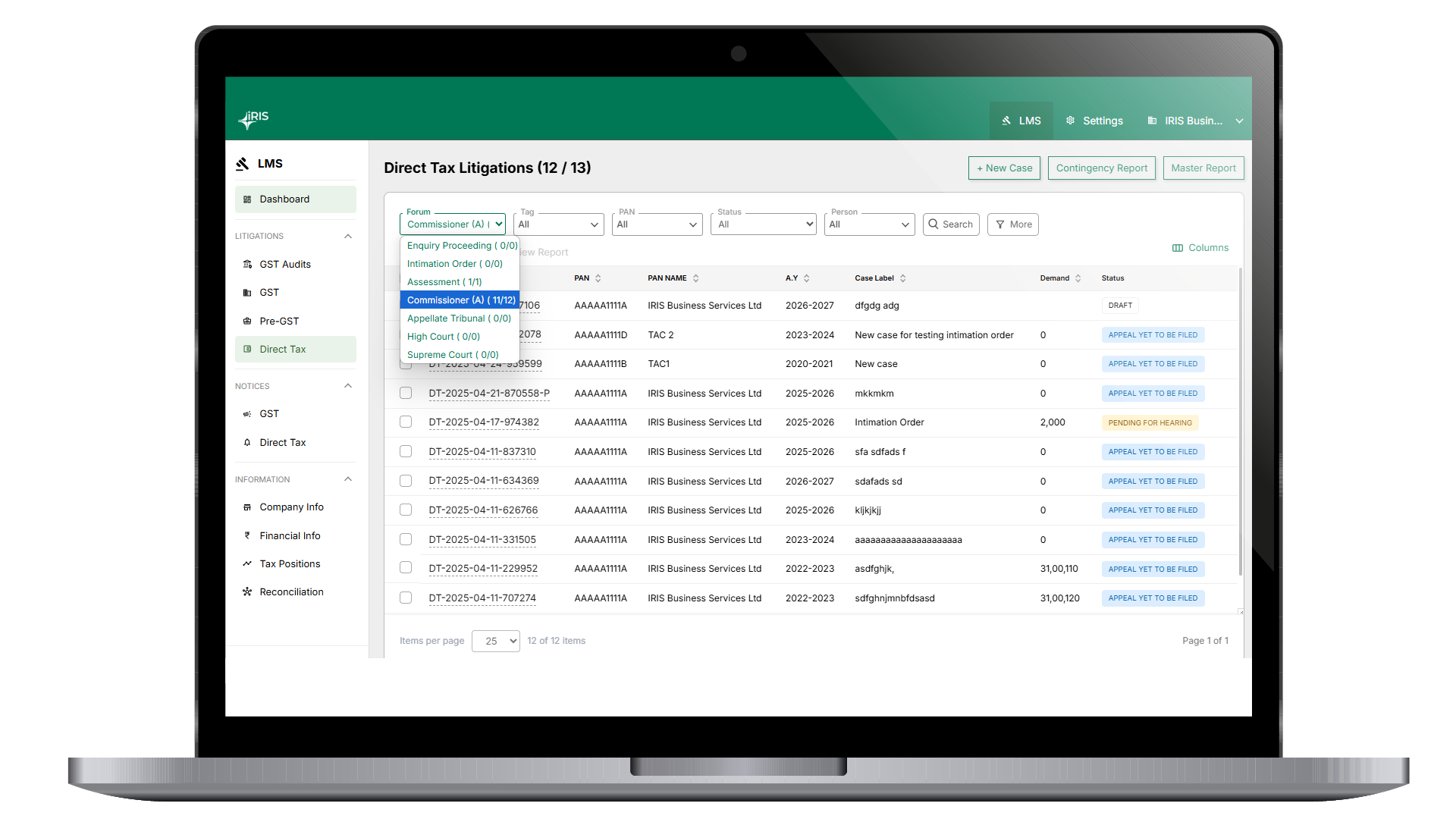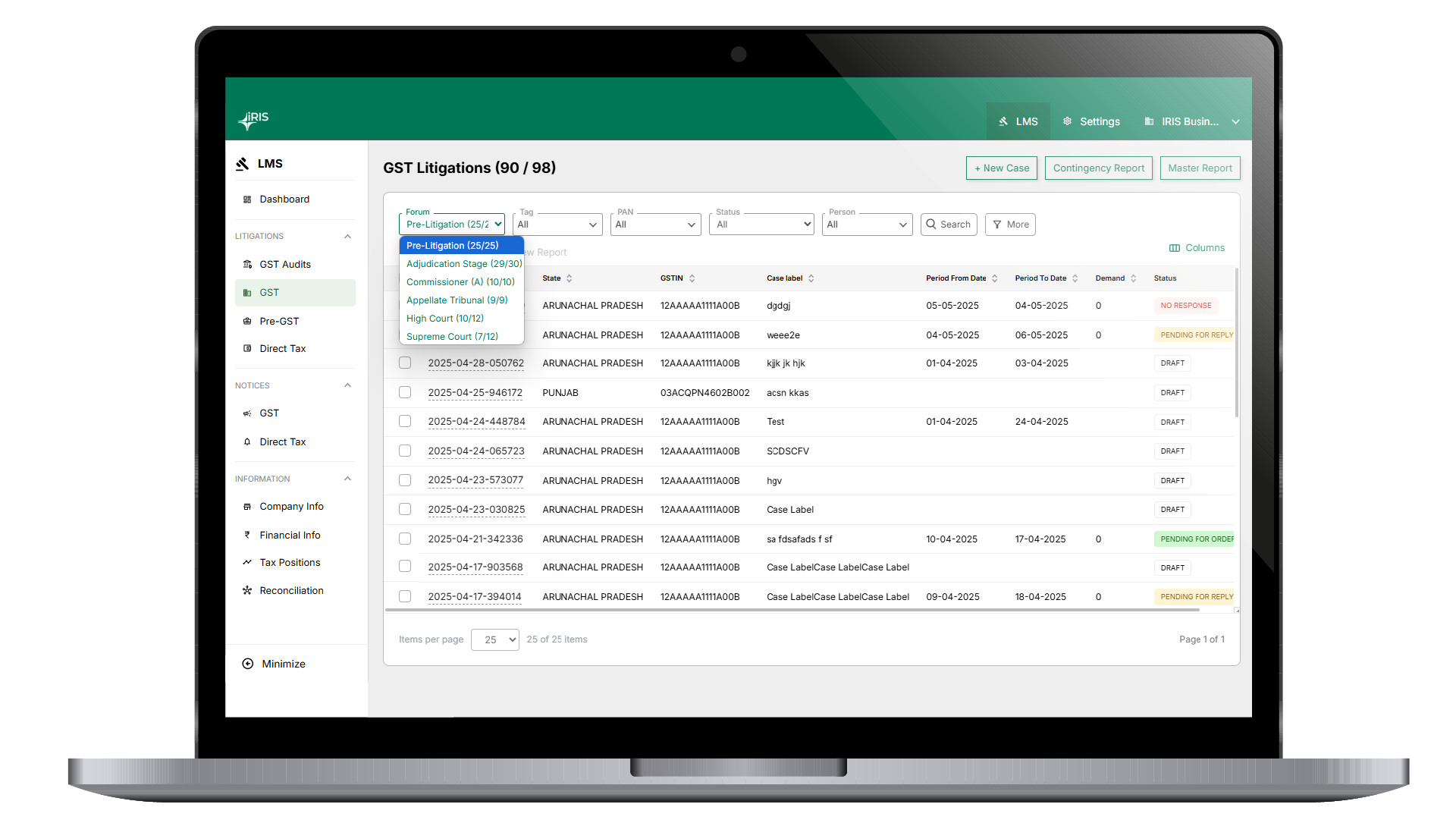The GST regime in India has brought sweeping changes to the way businesses manage indirect taxation. One of the most critical aspects for businesses, especially exporters and those with inverted duty structures, is the mechanism for claiming tax refunds.
Section 54 of the Central Goods and Services Tax (CGST) Act lays out the comprehensive provisions for refund applications, making it an essential point of reference for all registered taxpayers seeking to optimize their cash flow and comply with statutory requirements. Among the various refund provisions, the concept of “Provisional Refund” stands out as a significant relief measure for taxpayers awaiting final adjudication of their claims.
Section 54 of the CGST Act: An Overview
Section 54 of the CGST Act provides the framework for taxpayers to apply for GST refunds of any tax or interest paid under the GST regime. The intent is to ensure that businesses have access to their legitimate funds without unnecessary delays, thereby facilitating smoother business operations and improved liquidity.
One of the key stipulations under Section 54 is the time frame for claiming GST refunds. Taxpayers must file GST refund applications within two years from the relevant date. This provision underscores the importance of timely compliance and diligent record-keeping, as missing the deadline could mean forfeiting the right to claim a refund.
Provisional Refund: Definition and Process
Section 54(6) specifically deals with the concept of provisional refunds, which offers taxpayers a faster route to access their funds even before the completion of the entire scrutiny and processing of the refund claim. But what exactly is a provisional refund, and how does it function in practice?
Provisional refund refers to a mechanism wherein the GST authorities release 90% of the claimed refund amount to the taxpayer on a provisional basis, pending the final verification and sanction of the claim. This process is not just a technicality; it is a lifeline for many businesses that otherwise would have to wait for extended periods while their refund applications undergo exhaustive scrutiny.
The provisional refund is disbursed after initial compliance checks, ensuring that there is prima facie eligibility for the refund claim. However, it is essential to recognize that this release is not the end of the refund process. After a more detailed examination of the claim, if any discrepancies or inadmissible amounts are found, the officer has the authority to demand a reversal or recovery of the provisionally refunded amount.
Importance of Provisional Refunds for Taxpayers
It encourages compliance, reduces the incentive for underreporting, and fosters a more cooperative relationship between the taxpayer and the authorities. Below are the major benefits of provisional refunds:
- Improved liquidity: Businesses can channel the provisionally received funds into their operations, ensuring continuity and growth.
- Reduced financial stress: Taxpayers do not have to wait for the completion of lengthy scrutiny, thus minimizing disruptions to their cash flow.
- Increased trust in GST administration: The timely release of refunds encourages voluntary compliance and strengthens taxpayer morale.
Provisional refund before and after Oct 1, 2025
| Aspect | Before October 1, 2025 | After October 1, 2025 |
| Operational Changes | Manual process, initiated by taxpayers via Form RFD-01A (later online RFD-01), compliance checks, officer discretion | Automation, automated risk evaluation, expedited provisional sanction for zero-rated supplies and inverted duty structure, digital tracking and review |
| Eligibility | Provisional refunds mainly for exporters making zero-rated supplies, inverted duty structure not typically covered | Eligibility broadened, 90% provisional refund for inverted duty structure and zero-rated supplies |
| Officer’s Discretion and Risk Analysis | Significant officer discretion, less reliance on systematic risk analysis | System-identified risk parameters, officer may withhold refunds, formal recorded reason required, full scrutiny as per Rule 92 |
| Restrictions and Compliance | Minimal restrictions, exporters prosecuted for tax evasion excluded | Notification 14/2025 imposes new restrictions, Aadhaar authentication required, suppliers of high-risk goods (tobacco, pan masala) excluded |
As the GST environment continues to evolve, these refinements to the provisional refund process aim to balance the need for speedy disbursement to honest taxpayers with robust safeguards against misuse. Businesses should stay informed about these regulations to maximize their benefits while ensuring full compliance.
Choose IRIS GST Software! Here’s Why…
1. Faster Return Filing
Save time with bulk data import, automated data fetch from GSTN, and advanced reconciliation—speeding up your entire GST return process.
2. Smarter GST Management
Get a PAN-level view, cloud access, and multi-user login—all under one roof for efficient, hassle-free GST reporting.
3. Maximize ITC with Smart Matching
Leverage rule-based reconciliation, cross-year invoice matching, and up-to-date algorithms for accurate 2B-2P matching and optimized ITC claims.
4. Strengthen Vendor Compliance
Auto-check vendor GSTNs, reconcile 2A data, and send bulk reminders—ensuring your vendor ecosystem stays GST compliant.
5. Ready for Audits and Litigation
Access expert support, audit prep tools, and automated liability tracking to stay audit-ready and confidently handle GST notices.
Ready to Get Started?
Choose a Smart GST Software – Choose IRIS Sapphire!
